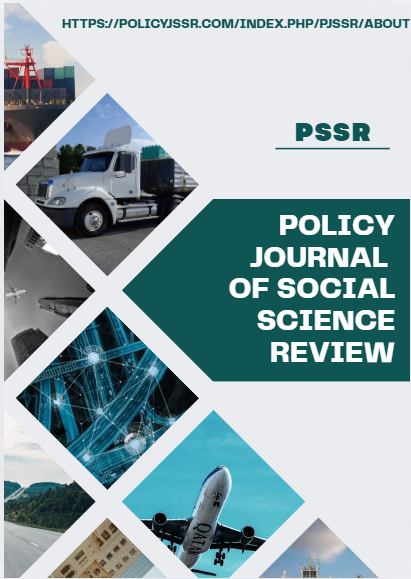A STUDY ON CHATBOT SERVICE FAILURES IN E-COMMERCE AND IMPROVEMENT STRATEGIES OF AMAZON
Abstract
This research explores Amazon’s e-commerce chatbot's failure to satisfy customers. While AI-powered chatbots could significantly improve customer service, Amazon’s chatbot has a long way to go, including slow response times that provide inaccurate product information, system crashes, and delays in issues going from bots to humans. It turned out that 35% of the respondents suffered from delayed response, 28% from inaccurate information, and 15% from technical failures. Poor natural language comprehension, lack of integration with back-end systems, and system downtime were shown by customers and employees in interviews to constitute crucial technological constraints to the adoption of IWO in work practice. This study recommends improvements to Amazon’s chatbot system, including updates to AI models for better natural language processing (NLP) capabilities, better system integration to access real-time data, and the latest algorithms in machine learning for personalized responses. Moreover, the study stresses the importance of better escalation protocols so that humans may intervene more timely when needed. This draws attention to the fact that Amazon should work to overcome these technological restrictions to satisfy its customers and earn their trust. Amazon can further strengthen its chatbot services if it improves AI capabilities, integrates systems better, and streamlines the process of escalating an issue amongst its employees. Every chatbot system needs to evolve depending on the development of AI.
Keywords: Chatbot Failures, E-commerce, Artificial Intelligence, Customer Satisfaction, Amazon





